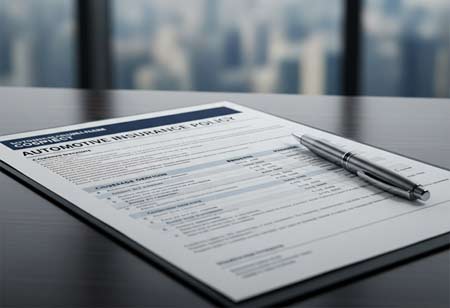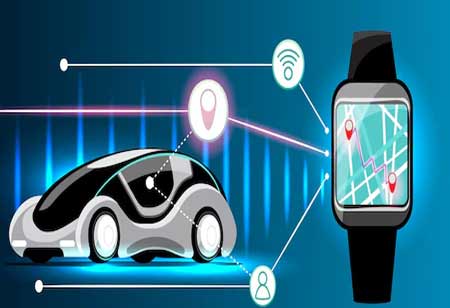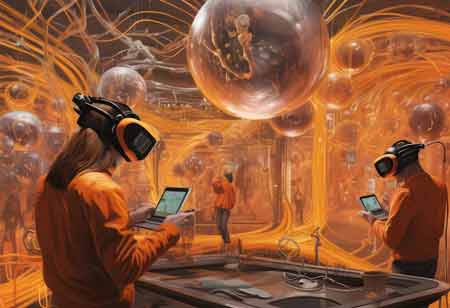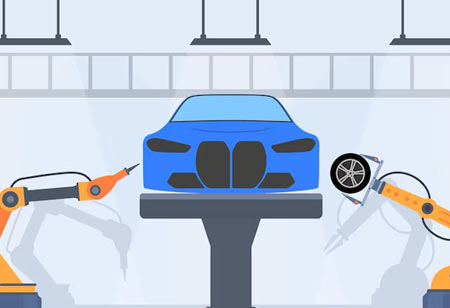THANK YOU FOR SUBSCRIBING
THANK YOU FOR SUBSCRIBING
Be first to read the latest tech news, Industry Leader's Insights, and CIO interviews of medium and large enterprises exclusively from Auto Tech Outlook

By
Auto Tech Outlook | Monday, June 06, 2022
Stay ahead of the industry with exclusive feature stories on the top companies, expert insights and the latest news delivered straight to your inbox. Subscribe today.
The members of this initial Working Group are committed to developing a safe system architecture for self-driving vehicles under the umbrella of The Autonomous.
FREMONT, CA: Prominent tech and automotive companies have come together to build cutting-edge technology for autonomous vehicles. The partners and leaders in their domain include Arm, Audi, CARIAD, the automotive software company of VW group, BASELABS, DENSO, CoreAVI, Five, the German Fraunhofer IESE, NXP, the Swedish Royal Institute of Technology, and TTTech Auto. The members of this initial Working Group are committed to developing a safe system architecture for self-driving vehicles under the umbrella of The Autonomous. This collaboration aims to lay the groundwork for safety standardization and mass production of self-driving cars.
“This cross-industry collaboration marks the starting point for a change of mindset in the industry and for further partnerships that will help overcome major hurdles of the prevailing competition,” says Ricky Hudi, Chairman, The Autonomous. “The development of truly automated driving will be better mastered by joint forces of car manufacturers, Tier 1 suppliers, tech and research companies. Therefore, a pre-competitive environment is necessary to develop safe technology beyond borders. By this, we create the basis for sustainable customer trust including best practices and cross-industry standards.”
Increasing Complexity and Research Costs
According to PWC, the rise of electric, connected, and autonomous vehicle research has dramatically boosted car makers’ R&D expenses. R&D spending climbed by one-third in the United States and Asia (to 13 billion and 28 billion dollars, respectively), but it increased by 75 percent in Europe (to 42 billion dollars). However, rising expenses aren’t the only issue facing companies in the automated driving industry.
Handling remaining safety issues, product liability, growing technology best practices, and increasing technical complexity necessitate know-how in diverse domains. To address these issues, The Autonomous suggests a collaborative strategy involving bringing together all key industry actors to produce recommendations, specifications, and best practices collaboratively.
A Safe Vehicle Architecture for The Industry
The Autonomous has already achieved a new level of long-term engagement with the inaugural Working Group named Safety & Architecture, following its kick-off in 2019 and several Chapter Events in 2020 with over 1,500 participants. To ensure the safe automated functioning of the whole vehicle, the planned safe system architecture for self-driving vehicles will feature subsystems that interface to sensors and actuators, as well as fault-containment units. As a first stage, the resulting vehicle architecture will serve as a reference solution for all participants, and other firms and locations may later adopt it.
Industry Benefits and An Invitation to Participate
The combined output of the Working Groups will be published as a technical report. The report will aid knowledge transfer and provide concrete direction to the automotive sector in developing safe autonomous vehicles for mass production. The Working Group’s conclusion will complement safety-related industry standards thanks to liaison and alignment with standard bodies.
Contributors can create new Working Groups on The Autonomous platform to address critical safety issues related to automated driving. Participants from industry, government, academia, and disruptors make up the Autonomous community. On September 29, at The Autonomous Main Event, the initiative’s premier event, a public announcement will be made.
 Copyright © 2025 AutoTech Outlook. All Rights Reserved | Privacy Policy | Subscribe | Sitemap | About us | Feedback Policy | Editorial Policy
Copyright © 2025 AutoTech Outlook. All Rights Reserved | Privacy Policy | Subscribe | Sitemap | About us | Feedback Policy | Editorial Policy 



